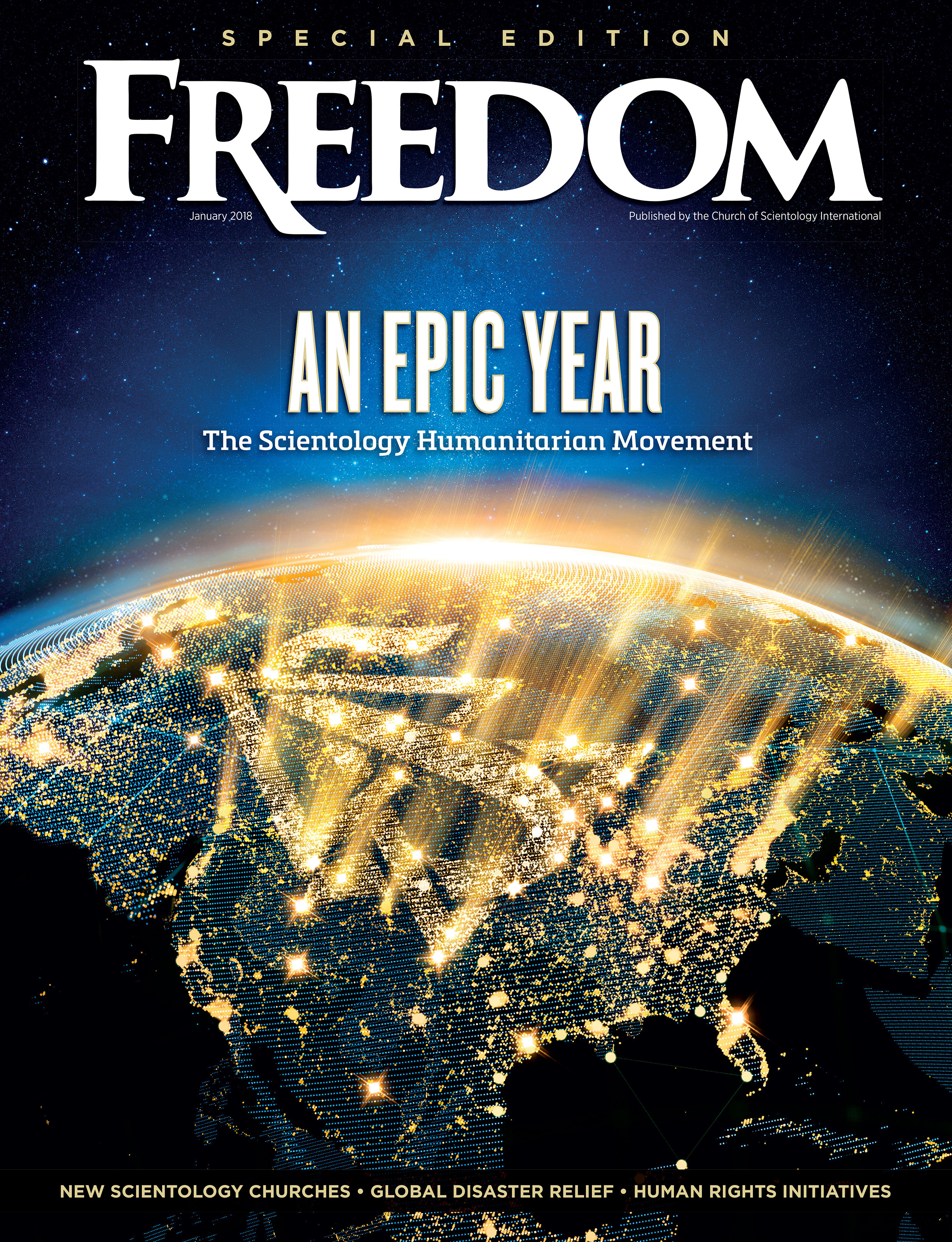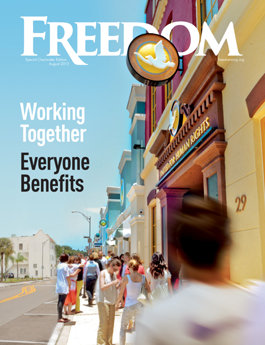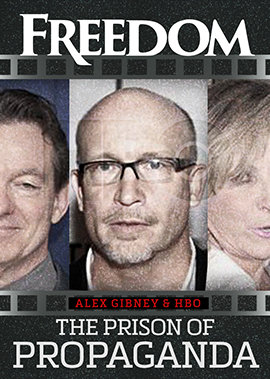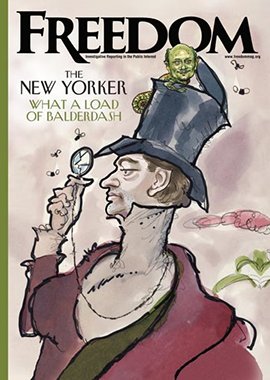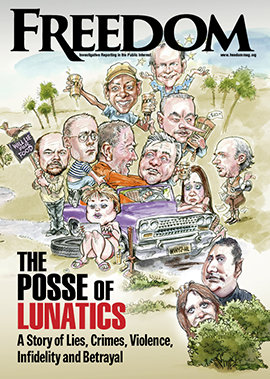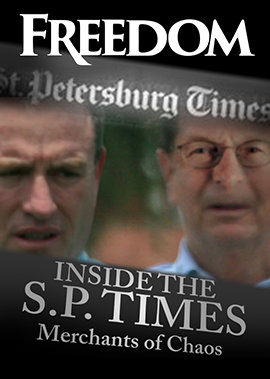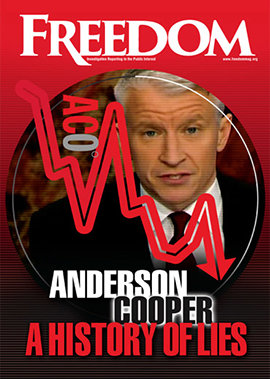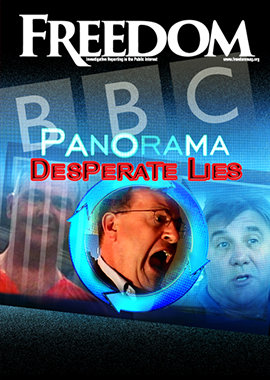Ten years ago, San Francisco averaged less than 20 drug deaths per 100,000 people, the same as the national average. In 2023, that number more than tripled. It is now twice the current national average.
City elders have thrown everything they could think of at the problem. They studied Portugal’s drug decriminalization program and implemented their version of it. They de-emphasized law enforcement and emphasized health—the result: emboldened drug dealers and users alike.
Stay sober for a week, the proposal says, and you get a $100 gift card, courtesy of the city.
They funded the substitution of one drug (medication) for another, offering it in lieu of prison sentences. But few took the offer (exactly 25 out of tens of thousands of addicts over a seven-month period), especially since those dealers and users who refused treatment were shortly released anyway.
Following British Columbia’s example, they embraced “harm reduction” and waved the white flag at all attempts to curb addiction—stressing not treatment (that would be too pushy) but prevention of infection. So sanitary straws and foils are passed out to all fentanyl addicts who want them.

According to Michael Discepola, director of health access at the harm reduction program GLIDE, abstinence is not always the correct goal. “Introducing safer drug use habits,” however, is.
But British Columbia’s may not be the best example to follow. Last year it beat its own record for drug deaths, now averaging seven a day.
Now, in the latest let’s-jump-off-the-cliff-and-see-if-this-parachute-works gambit, San Francisco’s Board of Supervisors has passed a Cash-Not-Drugs measure. Stay sober for a week, the proposal says, and you get a $100 gift card, courtesy of the city.
“The brain itself is very plastic,” explains Dr. Jeffrey Hom from San Francisco’s Department of Public Health. “It’s very malleable, and so what contingency management is doing is, again, the most effective treatment that we have against stimulant use disorder, is it’s trying to rewire some of those pathways that have been set up by months, years of substance use.”
The idea is similar to Pavlov’s old stimulus-response behavior modification research, only instead of dogs slavering at the ringing of a bell, addicts are supposed to abstain at the waving of a gift card.
But bribes do not a “rewired” brain make.
Nor do free drinks a healthy alcoholic make, as another San Francisco specialty—Managed Alcohol Program (MAP)—seeks to do. MAP, in existence since 2020, provides housing, three meals a day and nurse-administered alcohol—usually beer or vodka—dosed to keep clients at a “safe level of intoxication.”
One drawback with MAP is that, although the city says it has saved them $1.7 million in emergency facilities like ambulances in one six-month period, the program costs over $5 million a year.
Then there’s the pesky detail that, in its four years of operation, MAP has serviced exactly 55 people.
For all its attempts to quell its drug and alcohol abuse problems, San Francisco deserves an “E” for Exercise in Futility—and not much else.
Its programs, for all their diversity, have one thing in common: they admit defeat in the war on drugs instead of addressing underlying causes for addiction—poverty, racism, crime, lack of affordable housing and, above all, lack of early education on the harm that drugs do.
The highly successful international nonprofit public benefit corporation Foundation for a Drug-Free World has armed millions with the truth about drugs and their consequences before those consequences can take their toll.
San Francisco would do well to investigate that avenue rather than using more human beings as guinea pigs for the latest fanciful taxpayer-funded stunt.
Otherwise, that mist you see rising by the Golden Gate will soon be the drug-induced fog of a city on the ropes.








